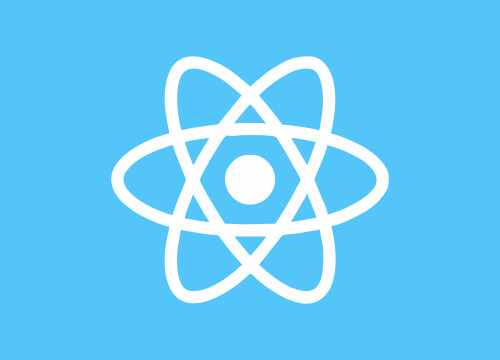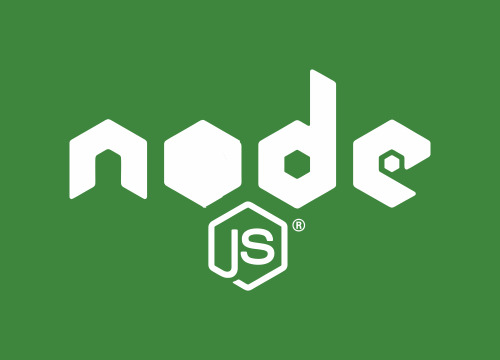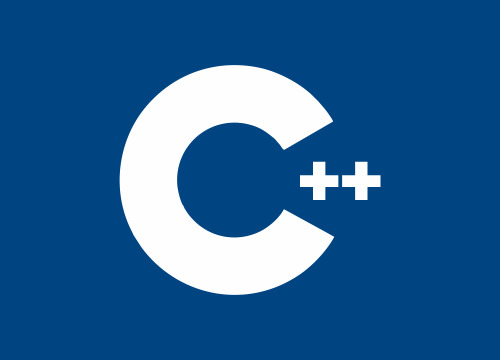Mongo DB Training : Step By Step For Beginners

Mongo DB Overview
Mongo DB is an open-source database management system which uses a document oriented database model that supports various forms of data. It stores data in flexible, JSON type documents or BSON where fields can vary from document to document as well as data structure can also be changed over a time. Here as developer you get a mongo shell which is an interactive JS interface to Mongo DB that allows user to query, update the data and to perform administrative operations.
Features of Mongo DB
- It is a document oriented DB
- Provides high performance & scalability
- No Joins are there
- Gives Gepspatial support
- It is dynamic
- Data representation is done in JSON or BSON
- Supports End – to – end security
Mongo DB Training Course Content
Introduction
- What is NoSQL?
- Why NoSQL?
- Difference Between RDBMS and NoSQL Databases
- Features of MongoDB
- Benefits of MongoDB
- Types of MongoDB
- Key-Value Database
- Document Database
- Column-Based Database
- Schema Design and Modeling
Setup
- Env setup.
- Installation of MongoDB on windows and Unix OS.
- Start MongoDB
- Stop MongoDB
- MongoDB Help
Basic Operations in MongoDB – Developer Guide
- Create Database
- Drop Database
- Create Collection
- Drop Collection
- Data Types
- Insert Document/Record
- Update Document/Record
- Delete Document/Record
- Retrieving the documents
- Projection in MongoDB
- Batch Insert in MongoDB
- Ordered Bulk Insert and Unordered Bulk Insert
- Inserts: Internals and Implications
- Specify Equality Condition
- $in, “AND” Conditions
- $or Operator
- Specify AND/OR Conditions
- Regular Expression
- Array Exact Match
- Array Projection Operators
- $Where Query
- Cursor
- Pagination
- Advance query option
- $SET
- $Unset and $inc Modifiers
- $Push and $addToSet
- Positional Array Modifications
Admin Guide – Part 1 - Basic
- JSON
- BSON
- MongoDB Structure
- Document Store Example
- MongoDB as a Document Database
- Transaction Management in MogoDB
- Easy Scaling
- Secondary Indexes
- Replication
- Memory Management
- Replica Set
- Auto Sharding
- Aggregation and MapReduce
- Collection and Database
Admin Guide – Part 2 - Indexing and Aggregation
- Introduction to Indexing
- Types and Properties of Index
- Sort Order
- Text Indexes
- Text Search
- Index Creation
- Index Creation on Replica Set
- Remove, Modify, and Rebuild Indexes
- Listing Indexes
- Measure Index Use
- Control Index Use
- Index Use Reporting
- Geospatial Indexes
- MongoDB’s Geospatial Query Operators
- Aggregation
- Pipeline Operators and Indexes
- Aggregate Pipeline Stages
- apReduce
- Aggregation Operations
We can also customize course content as per your need.
Mongo DB Training Certificate

Comming Soon
Frequently Asked Questions
Sure,you can attend free demo lectures.
Yes, You Can Pay Fees Via EMI.
Yes. On every Saturday and alternate Sunday morning I have batches for developers who want to learn on weekend.
Yes,We will give a Certificate.
Sure we can adjust training session as per your requirement.




















